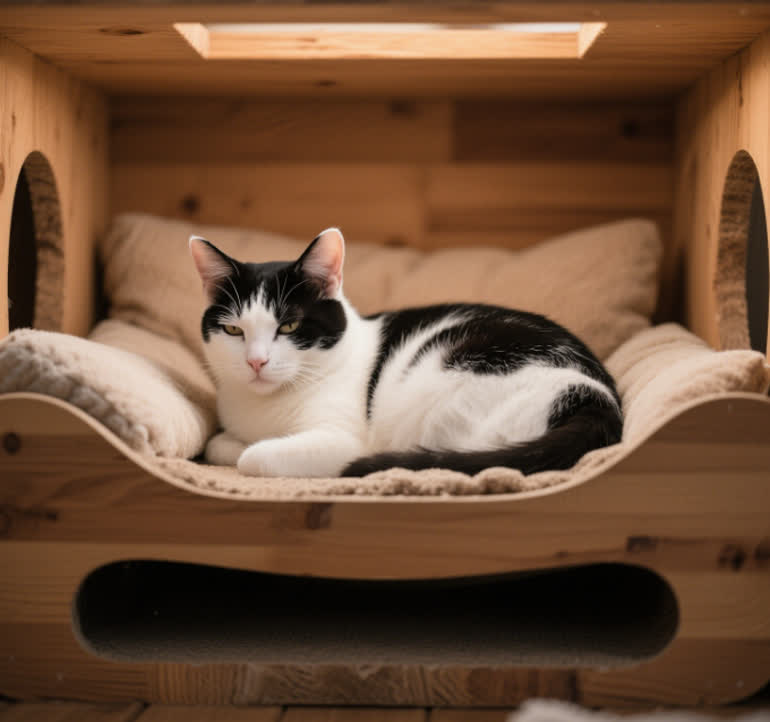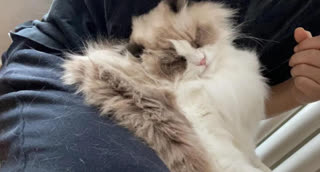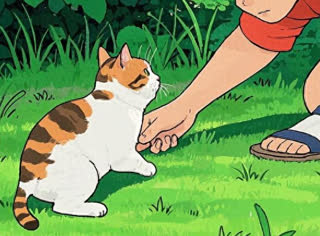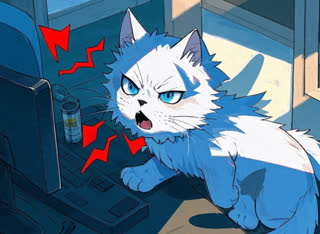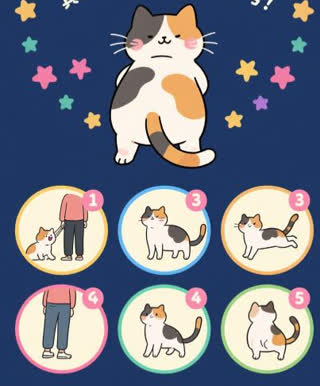Understanding the Severity Scale
Critical Red Flags (Require immediate vet attention):
24+ hours without water intake
Pale or blue-tinged gums
Labored breathing patterns
Body temperature below 99°F or above 103°F
Yellow Warning Signs (Schedule vet visit within 12 hours):
Refusing favorite treats
Hiding in unusual places
Unkempt coat appearance
Vocalization changes
The Diagnostic Flowchart
Environmental Check:
New stressors? (Construction noise, new pets)
Recent diet changes?
Access to toxic plants?
Physical Examination:
Gum color test (should be bubblegum pink)
Skin tent test for dehydration
Paw pad temperature check
Behavioral Assessment:
Tracking litter box habits
Monitoring interaction responses
Documenting sleep patterns
First Aid Measures While Awaiting Veterinary Care
Hydration Solutions:
Offer ice chips to lick
Use pediatric electrolyte solutions (unflavored)
Try meat-flavored water (tuna juice diluted 1:4)
Appetite Stimulation:
Warm food to body temperature
Hand-feed premium canned food
Use feline pheromone diffusers
Common Causes and Their Treatments
ConditionPrevalenceTypical TreatmentDental Disease32% of casesProfessional cleaning + antibioticsKidney Failure18%Subcutaneous fluids + phosphate bindersPancreatitis12%Anti-nausea meds + low-fat dietForeign Object9%Endoscopic removal or surgery
Prevention Strategies
Annual Bloodwork (Especially for cats over 7)
Water Fountain Installation (Increases intake by 40%)
Stress Reduction Protocols (Using Feliway products)
Diet Rotation Schedule (Prevents food aversions)
When to Consider Emergency Hospitalization
Blood glucose levels below 60 mg/dL
Ketones present in urine
Complete loss of balance/coordination
Unresponsive to touch stimuli
